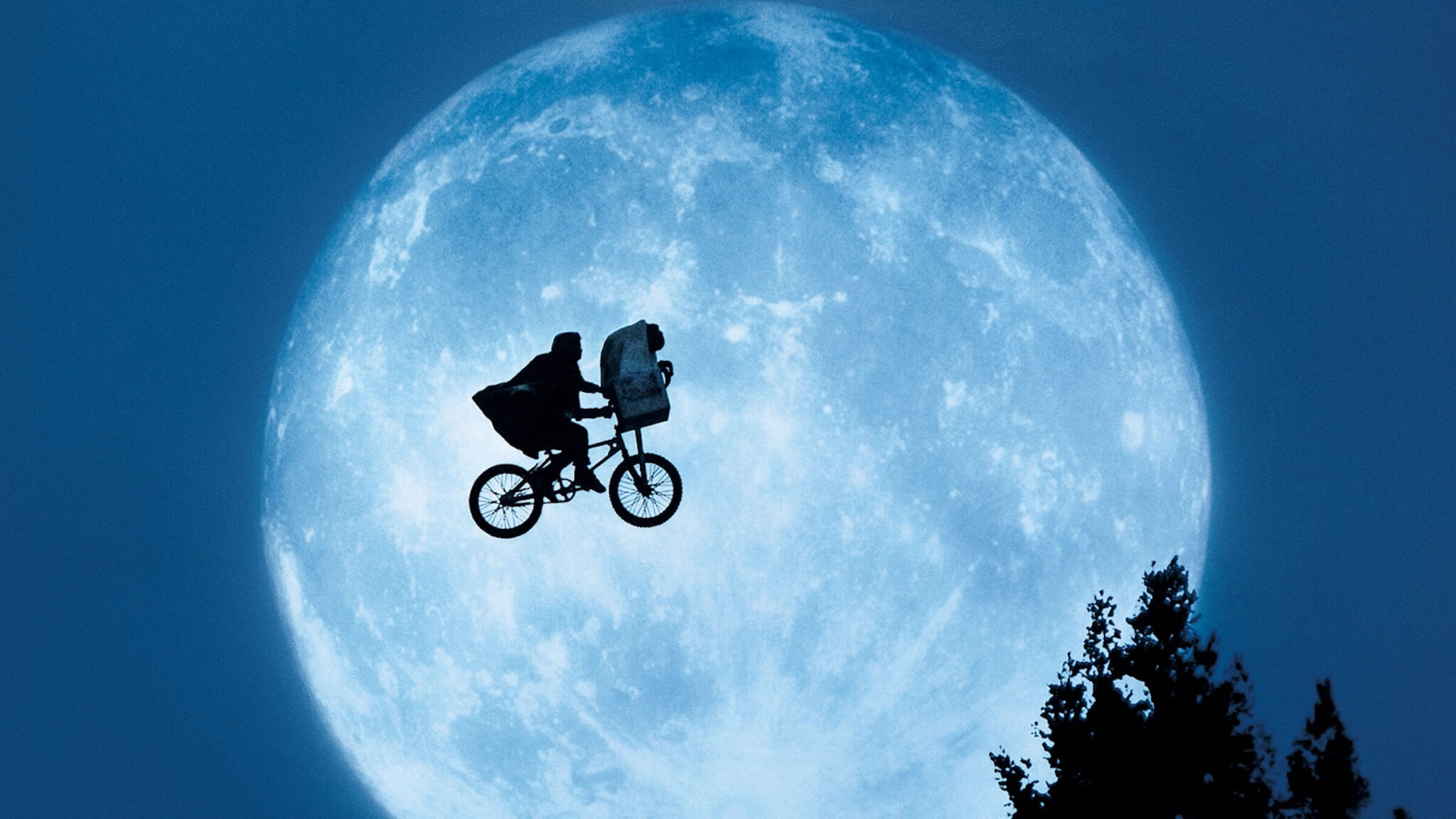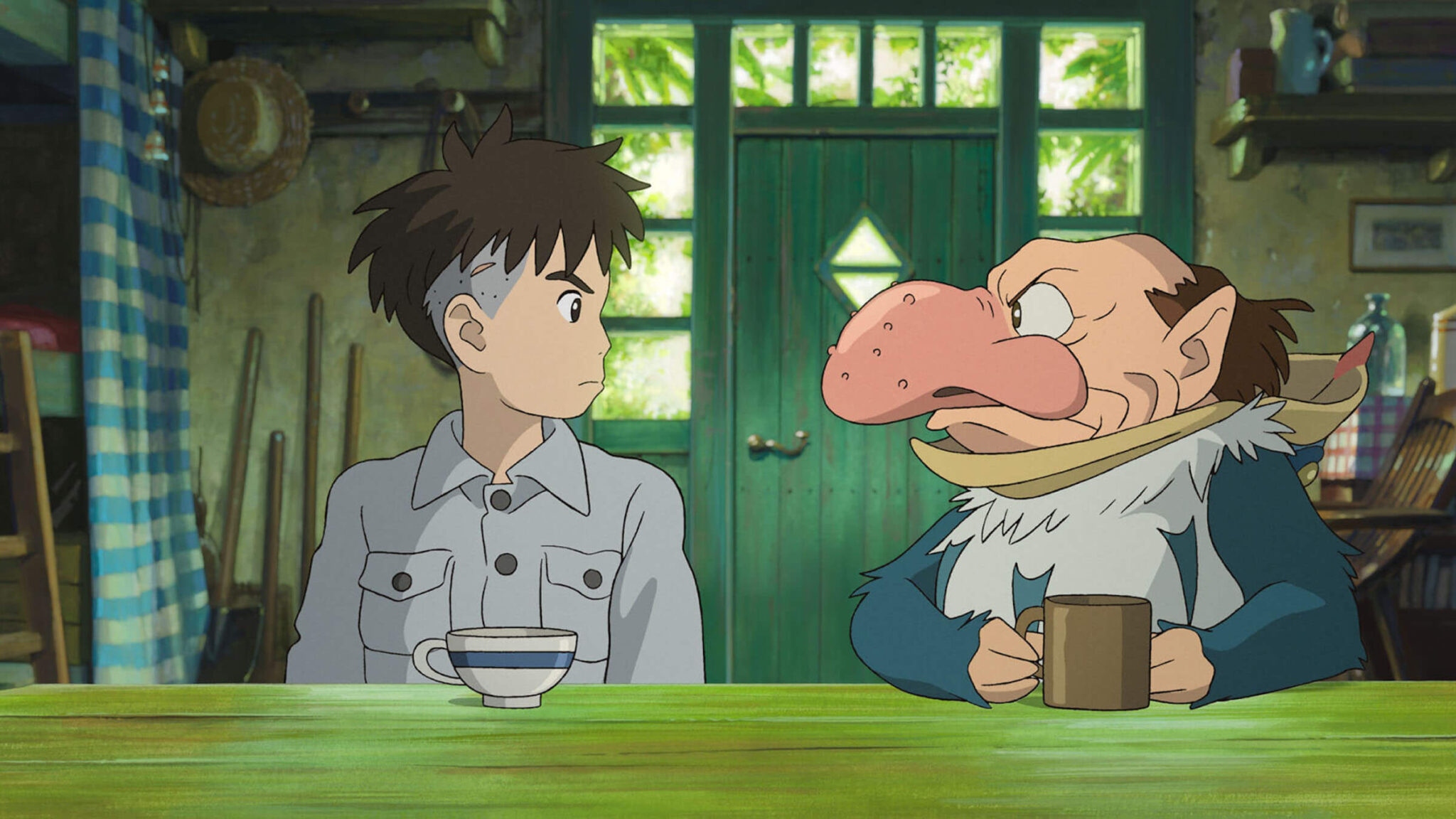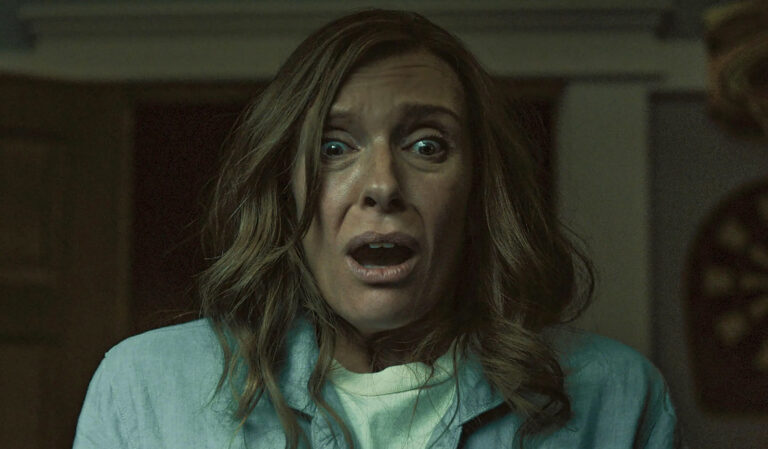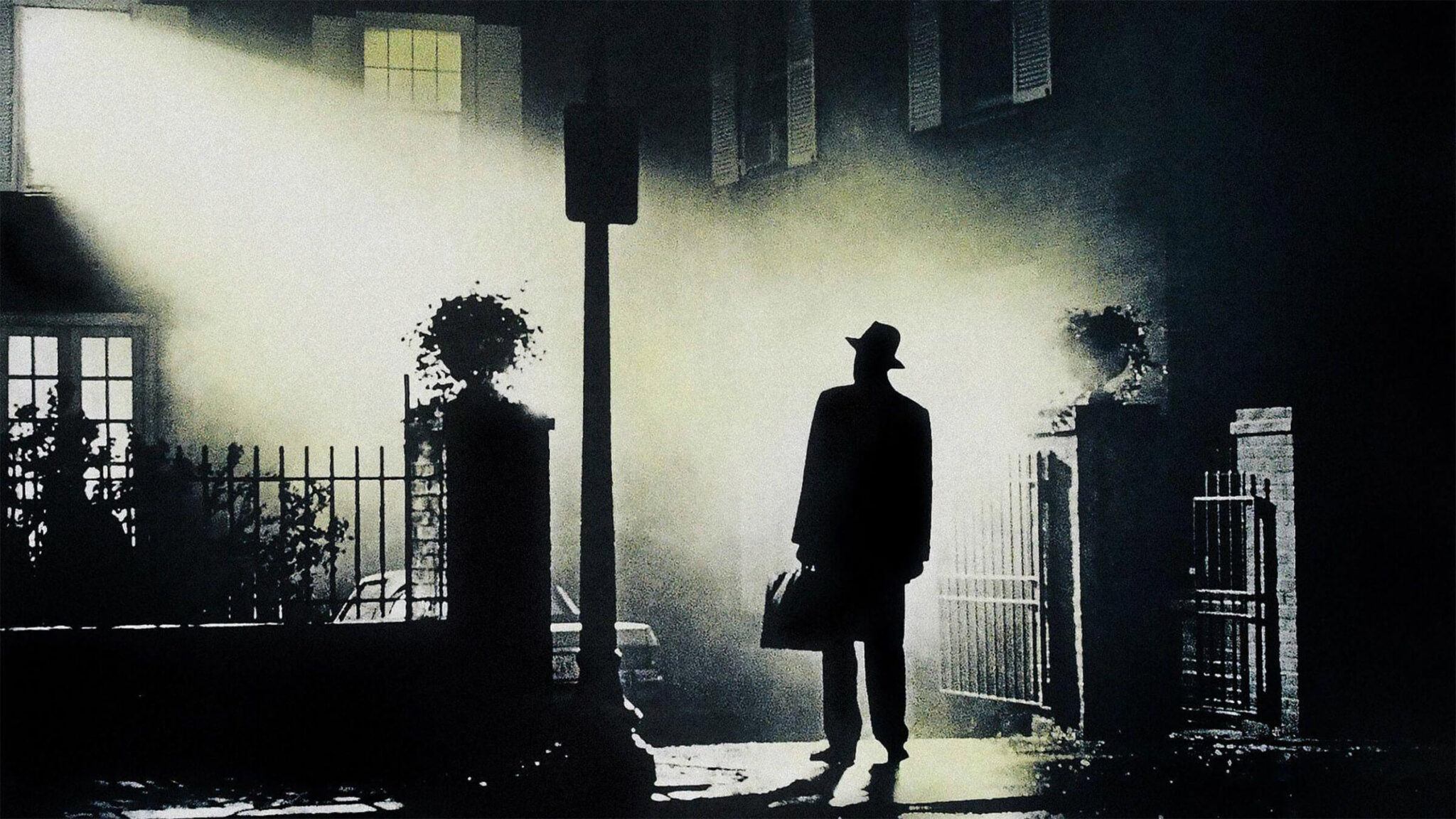The New Rules: How to Successfully Survive a Modern Horror Movie
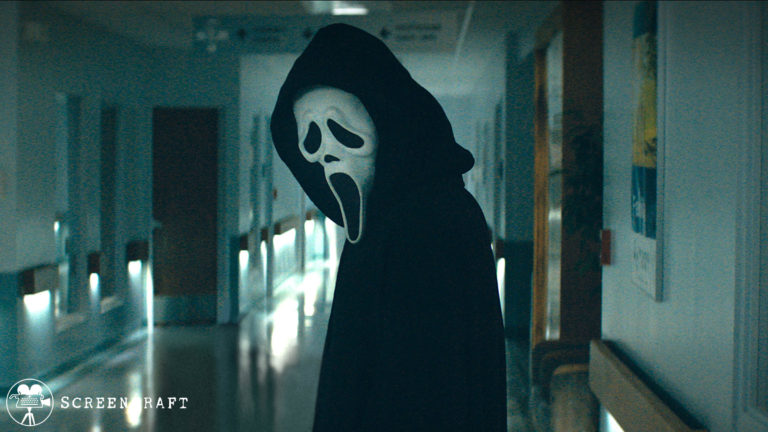
Don’t follow the cat. Don’t split up. Don’t tempt fate with phrases like, “At least it wasn’t [insert horrifying outcome here].”
If you’re a fan of the horror genre, then you are at least a little familiar with the idea of rules. If you’ve long awaited the return of the iconic Ghost Face Killer in the newest Scream installment, you’re probably more than familiar with “The Rules”, with a capital “R”. If you’re new to the concept, though, we’ve got you covered. (Beware: In my usual form, some movies here will be spoiled for you — unless you watch them first.)
Writing your own horror script? Get actionable notes from our pro horror genre readers!
What Are “The Rules”?
The Rules are semi-permanent laws of survival. They’re what separates a “Red Shirt” from a “Final Girl” — in other words, what keeps the person destined to survive a horrific ordeal from becoming a tasty snack in the cold open.
Some Rules have stayed true and withstood the test of time, like the fact that following disembodied voices or calls for help is almost a surefire way to get shredded, stabbed, or eaten. However, rules are, in famous reiteration, “made to be broken.” While some laws of the horror genre seem immutable despite this advice, we’ve seen many that have fallen by the wayside or even transformed.
The Old Rules
As established by the slasher genre in particular, Scream and other meta horror flicks (horror that makes a commentary on the genre) point out a significant pattern that was followed to the letter, making the survival of such a movie predictable.
Rules about never having sex, never drinking or doing drugs, and never saying the words “I’ll be right back” became a contextual message within Scream (1996), and the sequels to this first film inspired other Rules as well, especially those that had to do with survival.
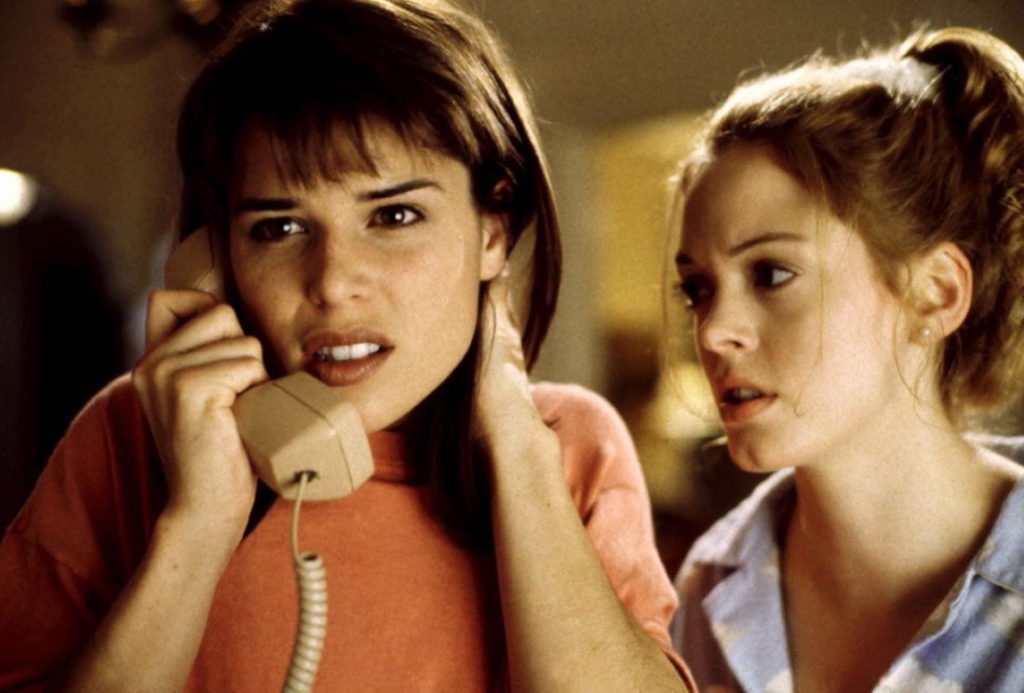
'Scream' (1996)
The Modern Rules
Now that the golden age of slasher films is over 35 years past, horror fans have noticed the shift. There are new rules in place and things you thought you knew are no longer likely to save you from the devils that stalk the newest horror films on the block.
Even the release of Scream (2022) has people asking, “What are the new Rules?” In other words, How do you successfully survive a modern horror movie?
Let’s find out.
Rule 1: You’ve Already Seen The Killer
The most blatant message from Scream 2022 and other modern horror flicks is something you can actually find on the movie poster: “The Killer is on this Poster.” Okay, so it’s a little on-the-nose, but that’s what the Scream franchise is known best for.
The Rule here is simple: by the time the action really starts picking up, there’s a good chance you’ve already seen the Killer. In a whodunnit like Scream 2022 or Devil, it’s someone in the ensemble. In movies like Hereditary, there’s a more nuanced approach, with us seeing the demon who shall remain nameless (I’m not writing his name here, you can’t make me do it!) in the form of a possessed little girl.
In either case, it may not be clear right away, but by the end of the first act, you should expect that you’ve already seen the person (or thing) responsible.
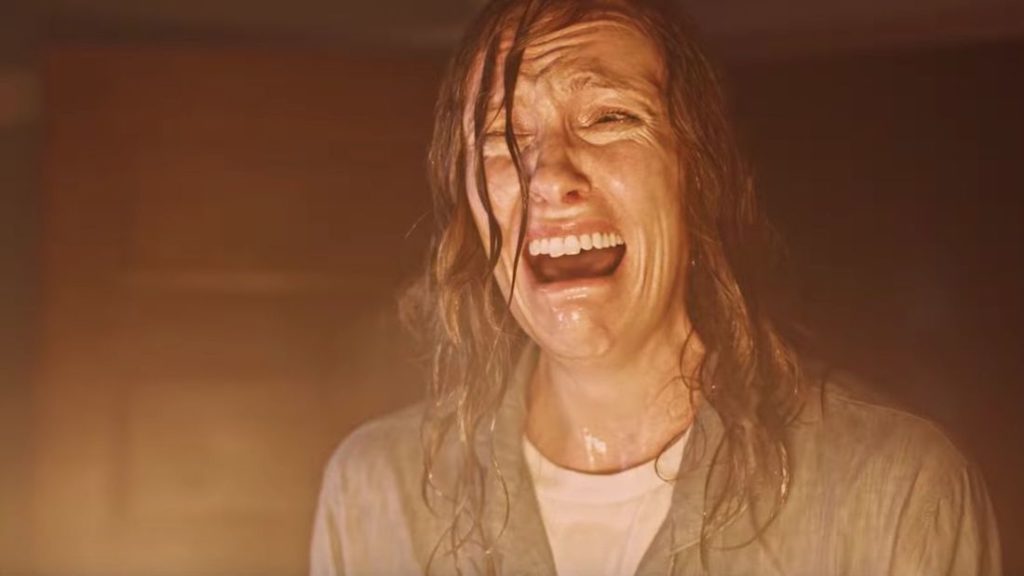
'Hereditary'
Rule 2: Expect Death To Have A Purpose
It’s not always senseless killing. Yes, the Xenomorph in Alien was smart and calculating, but the killing didn’t have a pattern. In new horror, though, there’s a method to the madness, and in most cases, it’s because someone gets in the way, or because the Killer in question is sending a message. What kind of message? Well, it depends.
The Killer might use the first victim to bait another; the Killer might have drawn a connection between all the victims — think Final Destination. For a more modern example, though, you might think of The Witch: the disappearance (and implied death) of Samuel, the infant son, leads to a horrific breakdown of familial trust. This is revealed later to be all a function of Satan’s machinations — a plot designed to get Thomasin to sign her name in his book and become yet another witch in his grasp.
If you see a reason for you to be killed in a horror movie, you likely will be. Red Shirts are still a thing in some cases, but generally, there’s more to it than the random, violent deaths we saw in the ’80s.
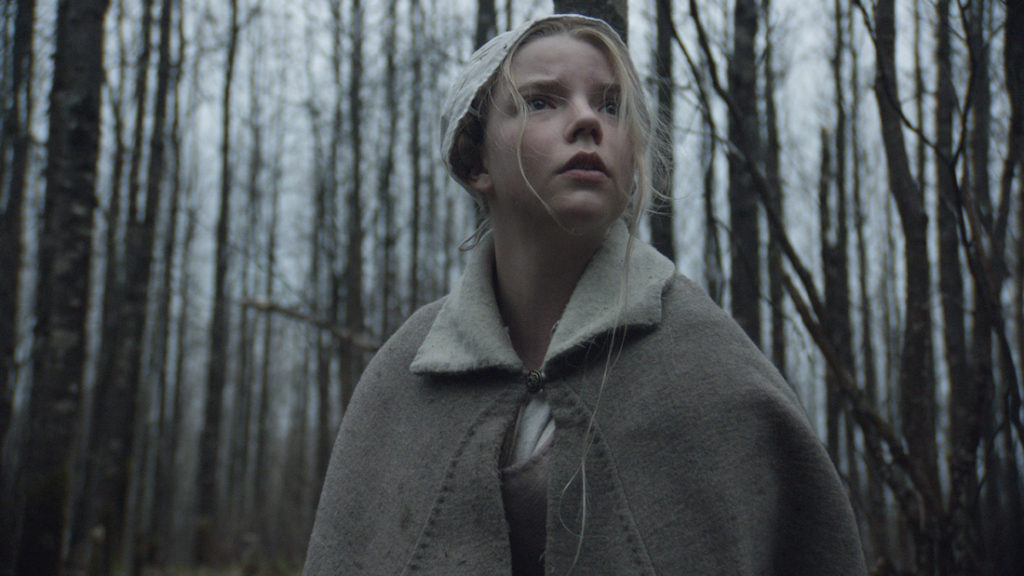
'The Witch'
Rule 3: You Have To Think Meta
This may feel like a “gimme” at this point, but it’s still worth mentioning: before movies like Scream 1996 called attention to “The Rules,” it was mainly unspoken — characters didn’t acknowledge the Rules, because they weren’t acculturated to the dominance of horror film in pop culture. In other words, before the advent of Scream and movies like it, characters in horror movies didn’t fully acknowledge the patterns that we know exist in horror movies.
This predictability became a part of a meta-narrative as soon as characters started using it to their benefit. Jeepers Creepers is a fine example of the acknowledgment, although the characters don’t use this knowledge to keep themselves out of trouble:
“You know the part in horror movies when somebody does something really stupid, and everybody hates him for it? This is it.”
Be it Jeepers Creepers or movies that came well afterward, the idea is the same: by knowing the pitfalls of the genre, you understand the Rules to an extent. By understanding the Rules, you keep yourself from dying. Every time you see someone say, “Oh no, we’re not doing that, that’s how you get killed in a horror movie,” you’re seeing an example of a character who’s thinking in a meta-textual (or “meta”) way. And by thinking “meta”, you make yourself less likely to get killed.
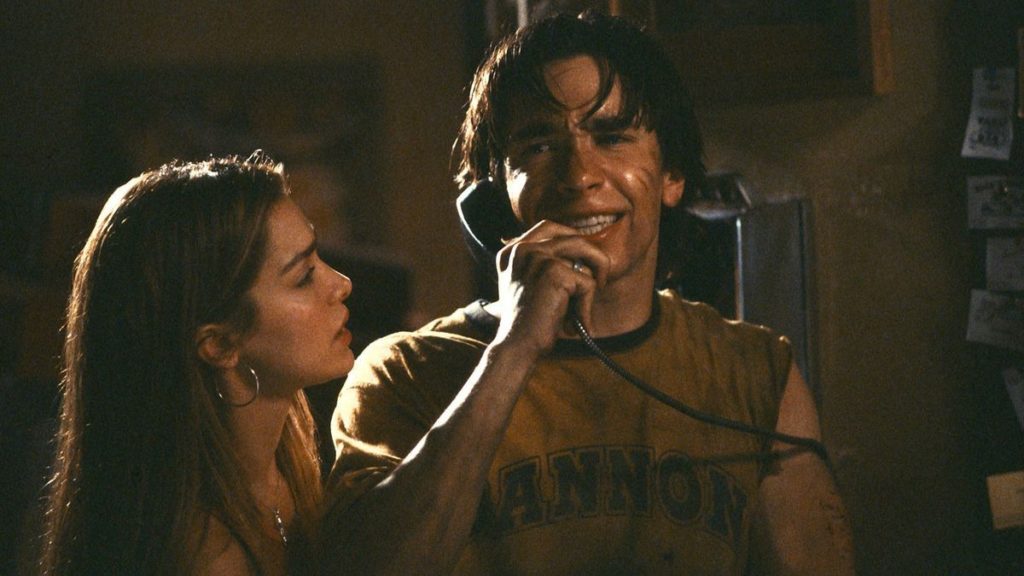
'Jeepers Creepers'
Rule 4: Be Wary Of The One You Trust The Most
From social-psychological horrors like Get Out to the slasher film “love letter” reboot, Halloween (2018), someone is gutted thematically (and often literally) when they come to expect a trustworthy relationship with a specific character. If you’re in a horror movie, it’s best to have a healthy wariness of most people you come across. However, in a modern horror movie, it’s even more prudent to keep an eye on the person you trust the most.
As Scream 2022 puts it, never trust the love interest. While most films don’t adhere to this literally as the “love interest,” Get Out is one example of that particular situation being true. Rose poses as a loving sounding board for Chris’ misgivings but is later revealed to be in on the devious happenings in and near the Armitage homestead.
But in Halloween 2018, it’s not a love interest you have to watch out for: it’s the expert, the “Wise Old Person” of the film, Dr. Sartain. Whoever you expect to trust the most in a film is probably going to be the one that “gets” you in a modern horror film, so if you feel safe with someone — start wondering if you really are at all.
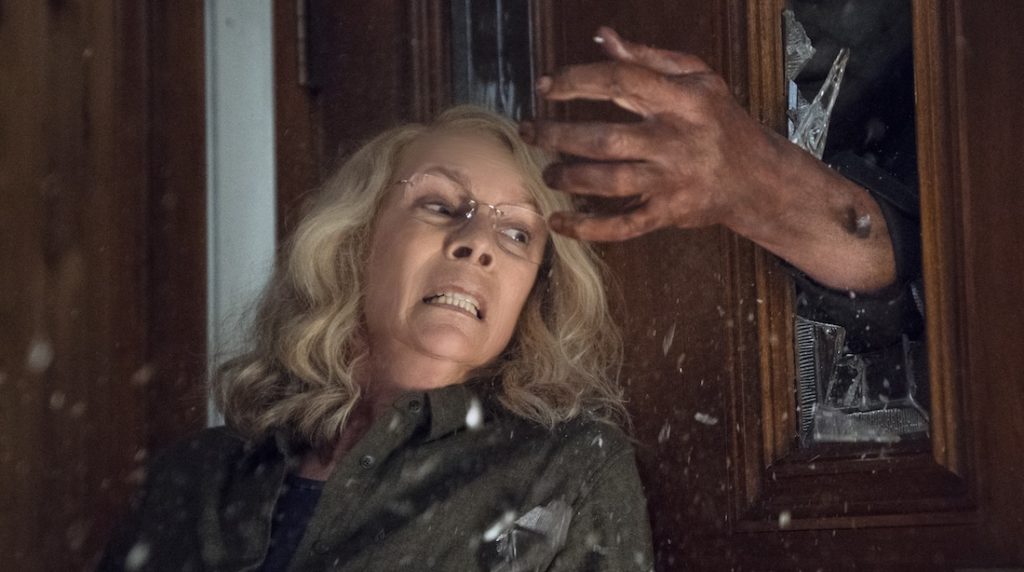
'Halloween' (2018)
Rule 5: Watch Out For A Passing Torch
Again, you can think of Thomasin from The Witch, or Peter from Hereditary, wherein these major characters become the “Thing to be Feared.” The Passing Torch of a horror movie is when a major character who is definitely not “the Killer” takes up the mantle and begins killing or becoming an accessory to the killing of other major characters. This is a bit different from the surprise ending, which has long been a staple of horror.
From movies like Paranormal Activity to the original Fright Night, stories old and new display a major character “turned evil” (a remix of the “evil returns” surprise ending). But in the Passing Torch, the major character that “turns evil” is a major plot point, possibly even a full-on endgame, but not just a stinger to the main story.
In a horror movie, if you see a character near you receiving special treatment, beware: it could be a Torch being Passed, and it might not end well for you.
 David Wayne Young is an independent film producer and screenwriter with years of experience in story analysis, even providing coverage for multiple international screenwriting competitions. David's obsessions include weird fiction and cosmic horror, and he's formally trained in the art of tasting and preparing gourmet coffee in various worldly traditions, from Turkish coffee to hand-tamped espresso — all enjoyed while writing, of course.
David Wayne Young is an independent film producer and screenwriter with years of experience in story analysis, even providing coverage for multiple international screenwriting competitions. David's obsessions include weird fiction and cosmic horror, and he's formally trained in the art of tasting and preparing gourmet coffee in various worldly traditions, from Turkish coffee to hand-tamped espresso — all enjoyed while writing, of course.
Tags
Get Our Screenwriting Newsletter!
Get weekly writing inspiration delivered to your inbox - including industry news, popular articles, and more!















